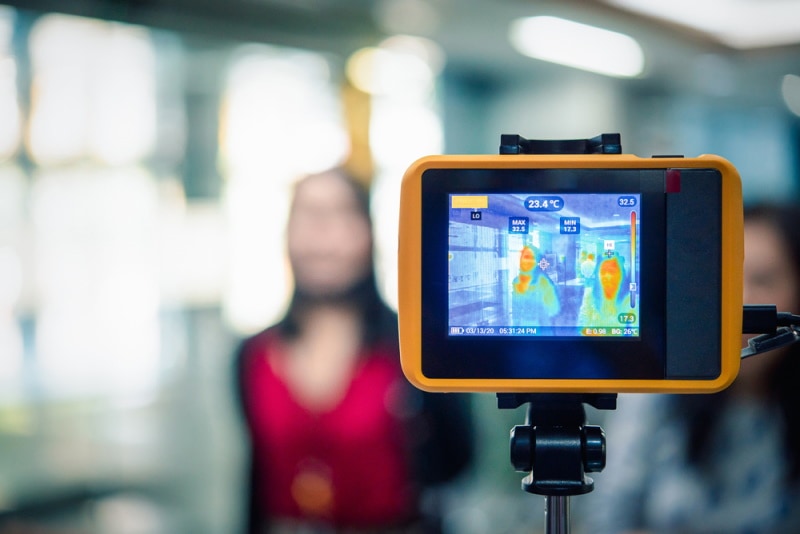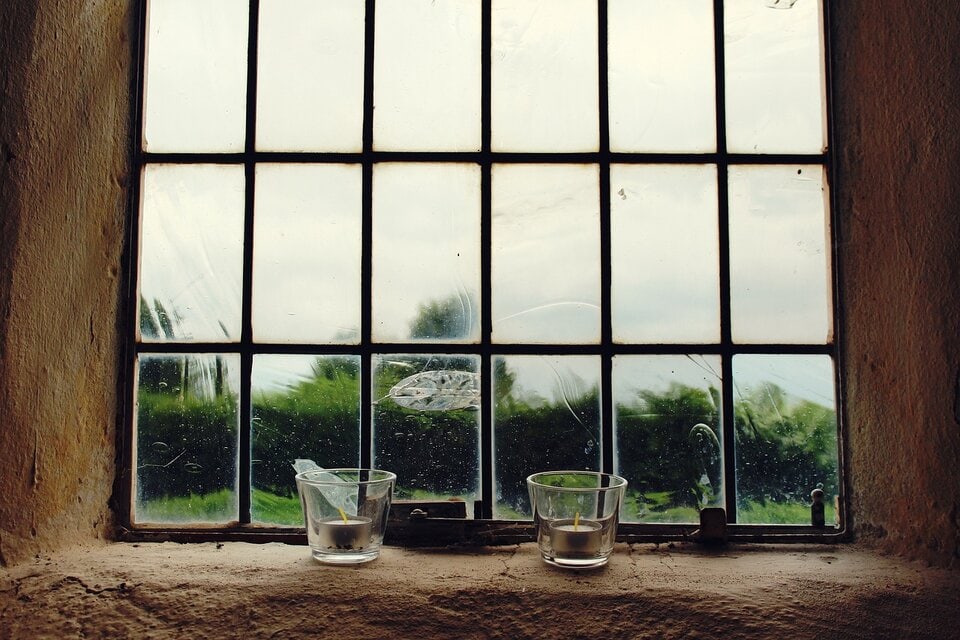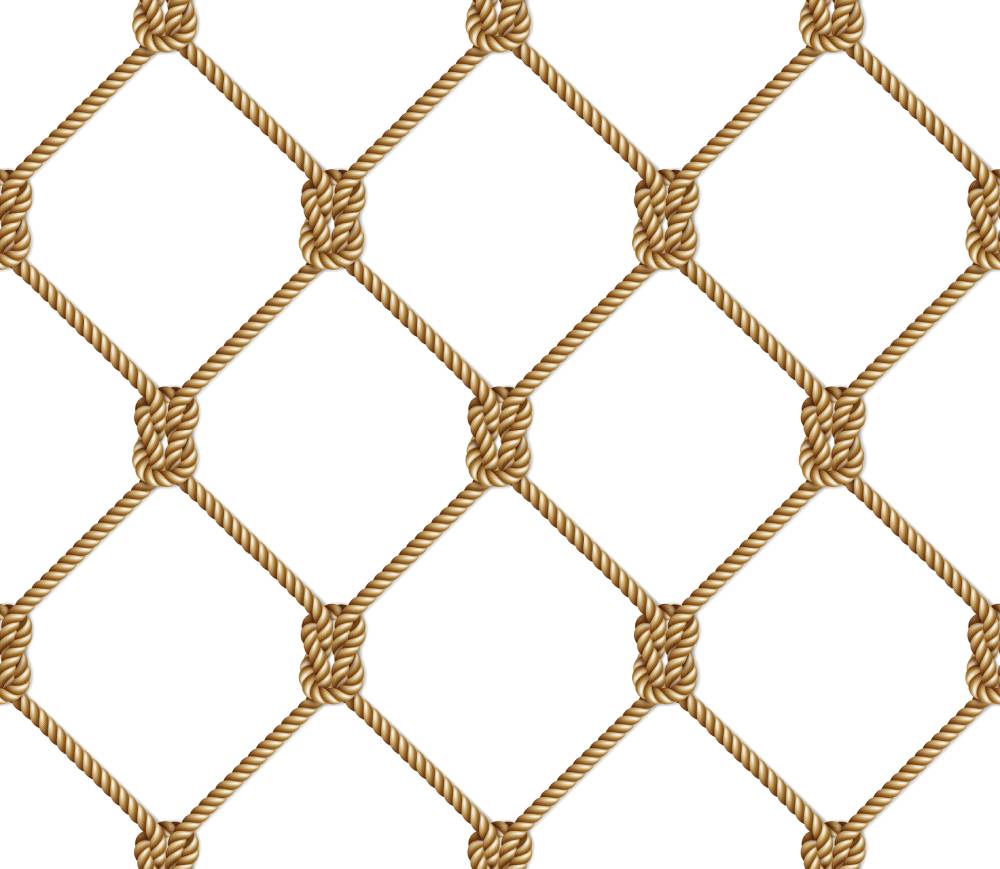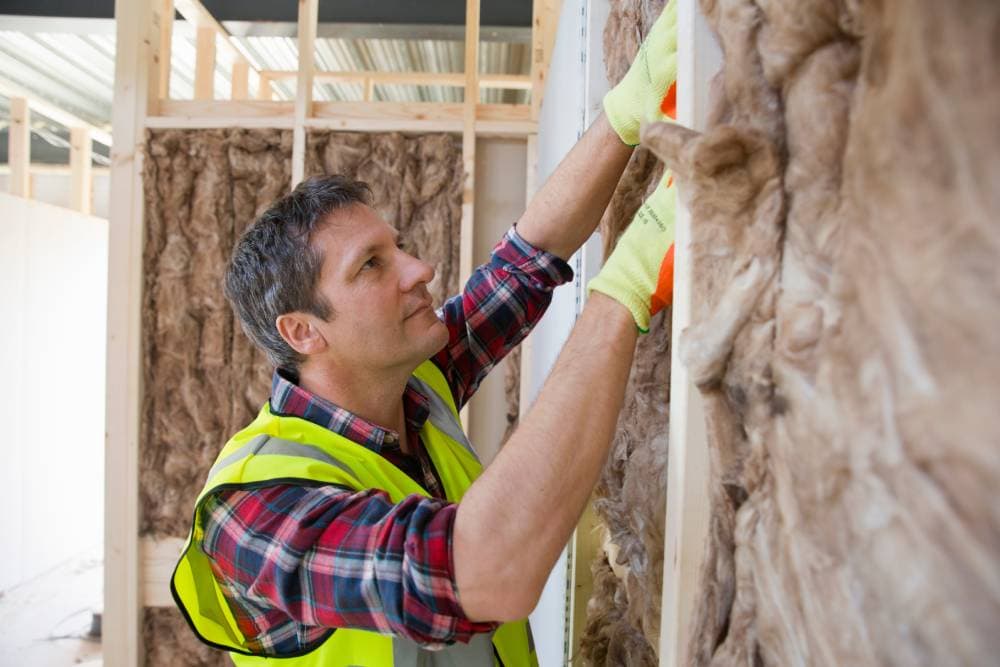How to Block an Infrared Camera (7 Simple Ways)
Last Updated on

Infrared (IR) is one of the most effective ways of tracking down living creatures, but that doesn’t mean there’s nothing that you can do to hide from infrared if someone is trying to use one of these devices on you.
Here are seven different ways that you can block an infrared camera from picking up your heat signature. While they’re not all foolproof, they’re better than nothing.
So, whether you’re playing advanced airsoft games with your friends or if you need these tips for something more serious, we break it all down for you here.

The 7 Ways to Block an Infrared Camera:
1. Mylar Blanket

| Effectiveness | Moderate |
| Cost | Low |
| Ease of Completion | Easy |
If you’re looking for something easy to transport that can hide you from infrared when you need it, emergency mylar blankets are among the best options out there.
You can pack them with the rest of your gear and take them from place to place, and when you need it, you can pull one out and cover yourself up. When you’re using these blankets to hide from infrared, you need to remember to cover everything, hands and face included.
These blankets work by capturing your body heat and keeping it under the blanket. Over time, though, the heat can escape and lead to a signature, and when you remove the blanket, all the heat will escape and can create a larger heat signature.
It’s a great short-term solution, but if you need to move around, this isn’t the best option out there.
- Easy to transport
- Low-cost option
- Effective short-term solution
- The heat escapes eventually
2. Woolen Blanket

| Effectiveness | Low |
| Cost | Low |
| Ease of Completion | Easy |
Not everyone has mylar blankets just hanging around, so you might need to settle for the next best thing. Woolen blankets work in much the same way as mylar blankets, they’re just not as effective at trapping all the heat.
Still, they will reduce your heat signature, especially for short time frames. You also likely already have one or more, and even if you don’t, you won’t have to spend much money to pick up a few woolen blankets.
Finally, they’re easy to take from place to place, making them one of the most convenient ways to avoid IR on this list.
- You probably already have them
- Easy to complete
- Low-cost option
- Not the most effective
3. Glass

| Effectiveness | High |
| Cost | High |
| Ease of Completion | Challenging |
While mylar and woolen blankets can provide you with temporary relief, glass is a great long-lasting solution. It doesn’t let your heat signature pass through, nor does it limit your own field of view.
The problem is that most people don’t have giant glass panes lying around, and even if they do, they’re not the easiest to move around.
Still, glass is the answer if you’re looking for the most effective IR deterrent. It’s up to you to figure out how you can tie it into an effective and practical solution.
- Extremely effective
- Long-lasting solution
- Not easy to transport
- Challenging to set up
4. Thick Netting

| Effectiveness | Moderate |
| Cost | Moderate |
| Ease of Completion | Easy |
When you’re thinking of camouflaging something, one of the first things that comes to mind is adding thick netting of the same color as your surroundings.
But while that’s a great way to camouflage something from traditional viewing, did you know that it’s effective for IR too? Thick netting disperses the heat signature from underneath, making it less noticeable to anyone viewing the area with IR.
Moreover, it won’t give them a clear “person” shape, making it harder for them to tell what they’re looking at. This technique is one of the more effective solutions for large areas, but just know that “more effective” doesn’t mean “completely effective.”
- Easy to set up
- You can set up base stations
- Fairly effective for large areas
- Not completely effective
- Challenging to move around
5. Insulated Clothing

| Effectiveness | Low |
| Cost | Low |
| Ease of Completion | Easy |
Finding escaping body heat is exactly how IR spots you. That makes insulated clothing a great way to help minimize your heat signature.
But the problem is that you don’t wear insulated clothing over everything. Common exposure points are your hands and face, which can turn into beacons for IR to spot you.
You can minimize this impact by putting dirt or other cooling elements on your hands and face, but these are only temporary solutions and they’re not perfect even if you do everything right.
- You probably already have everything that you need
- Low-cost option
- Easy to move around
- Not the most effective solution
6. Remaining Still

| Effectiveness | Low |
| Cost | Free |
| Ease of Completion | Easy |
This solution doesn’t necessarily “hide” you from IR, but it makes it harder for someone using IR to spot you. It’s easier to spot a moving target than one standing still.
When you’re using this method, do your best to make yourself as small as possible and try to hide behind other objects around you. Trees, bushes, and just about anything else can prevent a direct line of sight from you to the observer with IR.
Stay small, hide behind things, and be still. If you don’t have anything else to help you hide, this is the best that you can do.
- Free
- Easy to do
- Not the most effective solution
- You’re stuck in one place
7. Fire

| Effectiveness | High |
| Cost | Low to High |
| Ease of Completion | Challenging |
Only view this as a method of last resort in an absolute emergency. IR works by identifying a person or object by their heat signature, so if you can flood the area with heat, IR can’t work the way that it should.
A single campfire won’t do the trick, though; in fact, it’ll only point the IR directly toward your location. But many campfires or a few extremely large fires can make it hard to see anything else through IR.
It’s an extremely effective strategy, but if the fires run unchecked, it’s also dangerous and destructive. Moreover, starting a wildfire is completely illegal and can have serious legal repercussions. Stamp this method as one of the last resorts in a real-life emergency.
- Effective
- Extremely destructive
- Not easy to complete
- Probably illegal
How Does Infrared Work?
If you’re trying to keep yourself hidden from infrared, it’s best to know how it works. Infrared works by picking up different areas of the light spectrum, and in those areas, you can see heat.
The body gives off heat all the time, and this makes IR an extremely effective tool for tracking down living things.
If you’re not doing anything to hide yourself from IR, your body lights up like a beacon, making it easy to see you even if you’re extremely far away or camouflaged. Hiding from IR is all about controlling or obscuring the heat coming from your body.
Since you can’t exactly turn it off, it comes down to finding creative ways to hide the heat before anyone else can see it.

Final Thoughts
Now that you know more about how infrared works and a few things that you can do to keep yourself off the IR radar, you just have to decide what steps you want to take the next time you’re trying to hide.
Keep in mind that the more tips and tricks you follow, the more effective you’ll be, but nothing is completely foolproof when it comes to hiding from these high-tech devices.
- Related read: 26 Animals That Can See Infrared Light (With Pictures)
Featured Image Credit: PongMoji, Shutterstock
About the Author Robert Sparks
Robert’s obsession with all things optical started early in life, when his optician father would bring home prototypes for Robert to play with. Nowadays, Robert is dedicated to helping others find the right optics for their needs. His hobbies include astronomy, astrophysics, and model building. Originally from Newark, NJ, he resides in Santa Fe, New Mexico, where the nighttime skies are filled with glittering stars.
Related Articles:
How to Clean a Refractor Telescope: Step-by-Step Guide
How to Clean a Telescope Eyepiece: Step-by-Step Guide
How to Clean a Rifle Scope: 8 Expert Tips
Monocular vs Telescope: Differences Explained (With Pictures)
What Is a Monocular Used For? 8 Common Functions
How to Clean a Telescope Mirror: 8 Expert Tips
Brightfield vs Phase Contrast Microscopy: The Differences Explained
SkyCamHD Drone Review: Pros, Cons, FAQ, & Verdict
